Day 44: Soap Making
Dear Student,
Cleanliness is next to godliness, as they say…
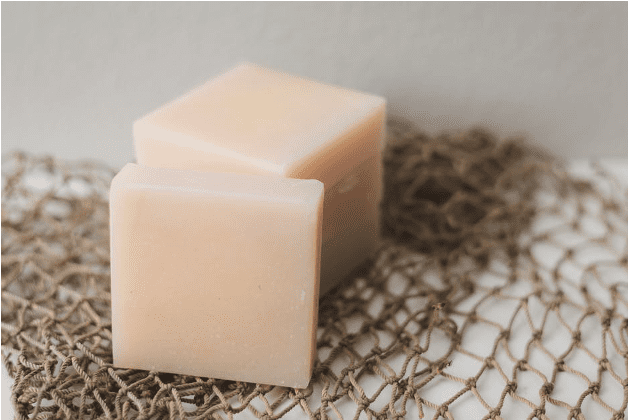 One of the most common complaints from “regular folks” is the stereotype that anyone living off grid lacks personal hygiene… that they’re all just a bunch of “dirty hippies.” And, to be fair, plenty might be. But you don’t have to be.
One of the most common complaints from “regular folks” is the stereotype that anyone living off grid lacks personal hygiene… that they’re all just a bunch of “dirty hippies.” And, to be fair, plenty might be. But you don’t have to be.
There are interesting and rewarding ways of making your own soap at home, and by getting comfortable with soapmaking, you can create the base ingredient for many home cleaning products (which we discussed making from scratch yesterday), and you’ll benefit from a much deeper level of self-sufficiency know-how.
Soapmaking is yet another ancient art, even predating the Roman Empire, with the earliest evidence dating to 2800 B.C. in Babylon. It’s still practiced in all cultures to this day, on both industrial and homemade levels. For the self-sufficient, soapmaking can be a fun and useful craft to master.
Soap is made from mixing fats (animal or vegetable) and alkalis together in a way that they react and undergo the saponification process (conversion to soap). Scents and moisturizers can be added for more practical, exotic, healing, or pleasing final products.
Soap has an indefinite shelf life when packaged correctly and can be a lucrative niche industry to supply.
If you produce excess oils in your farming enterprises, take advantage of them and add extra value to your farming efforts by adding the oils into soaps. Processing them into craft soap pieces is a great way to put them to valuable use—either for home use or to sell. Even if you don’t have a farm to produce oils for you, the raw ingredients for soap that you might not be able to grow on your homestead are cheap and readily available locally or online.
Today I’ll focus on vegetable-based fats, because they’re easier to work with—it’s a good place for a beginner to start.
Vegetable-Based Soap
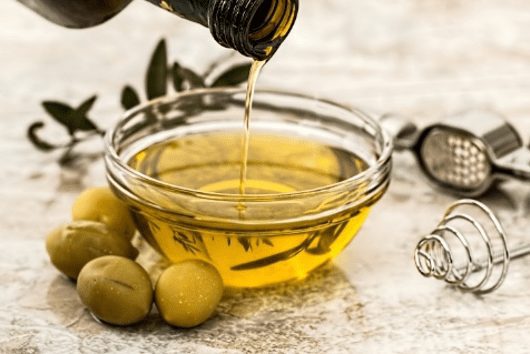
Pure vegetable shortening and high-grade vegetable oils are best for soapmaking. Olive oil is very nourishing for your skin, and safflower and canola oils add a lathering effect for sudsy cleaning.
The alkali you will use is sodium hydroxide (caustic soda), otherwise known as lye. This removes the fats on our skin, acting as the active cleaning ingredient.
In times gone by, barrels were filled with rainwater and hardwood ash (beech works well) and let sit. The resulting caustic water (lye water) was then drained out and combined with tallow (beef or mutton fat) in the soapmaking process.
Molds
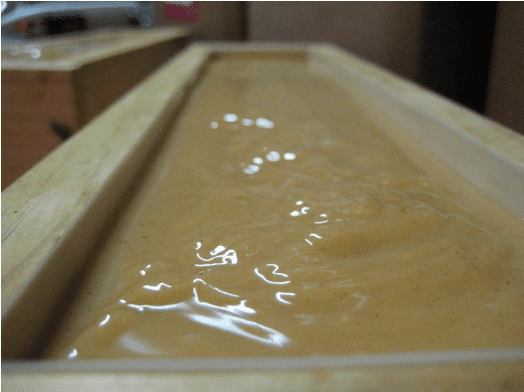 Soaps are formed by pouring the mixture into molds where they undergo chemical reactions and harden. Plastic, hardwood, and cardboard molds are commonly used.
Soaps are formed by pouring the mixture into molds where they undergo chemical reactions and harden. Plastic, hardwood, and cardboard molds are commonly used.
To ensure easy removal from the mold after hardening, line it with baking paper, plastic, or a silicone baking sheet.
Instead of buying molds, try getting creative…
Make soap rounds by using a 2-inch PVC pipe. Spray the interior of the pipe with non-stick frying pan spray to enable easy pushing out of the long cylindrical soap bar after it sets. Simply slice with a sharp knife or cheese wire to produce handy soap disks.
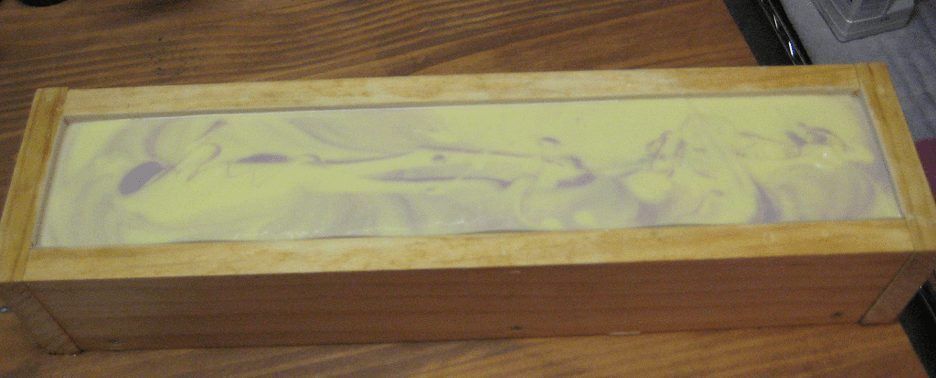 Use ice-cube trays… or popsicle molds… make some using wood or any other materials you have… or use anything else you can find that would work.
Use ice-cube trays… or popsicle molds… make some using wood or any other materials you have… or use anything else you can find that would work.
Lye
DANGER: Use extreme caution when working with lye. This caustic substance has a pH of 14, putting it at the very top of the alkaline scale. Just like acid, it can cause severe burns to skin, lungs, and eyes if not handled correctly. Once fully bound in the soap, it’s no longer a danger.
Rubber gloves and goggles should always be worn when mixing lye and your work area should be well ventilated to ensure there can be no danger of inhalation. Cheap particle mask can be used for extra safety. If you accidently touch lye, immediately flush with pure vinegar to allow the acid in vinegar to counteract the alkali in the lye.
If it gets into the eye, flush with a 5:1 water-to-vinegar mix.
Read the instructions on the lye carefully before beginning.
Use only pure lye in your soap; added ingredients can negatively affect the soap production.
Making Milk Soap
Milk is a nutritious, vitamin-rich additive that increases the value of the product and makes for a better soap loaded with a natural moisturizer. It’s got great benefits for your skin.
The recipe we’ll work with today is high in milk (30% to 50% by weight). Either pasteurized, full-fat goat or cow milk can be used (it doesn’t matter if it’s homogenized or not). Full cream can be used instead of milk to make a moisturizing cleanser or cold cream.
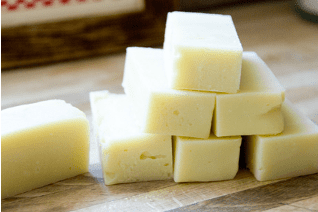 If your soap fails to saponify in the mold and separates throw it away. Don’t attempt to reconstitute the soap to make it into another batch.
If your soap fails to saponify in the mold and separates throw it away. Don’t attempt to reconstitute the soap to make it into another batch.
Clean all your equipment thoroughly before and after making soap.
Equipment:
- Plastic covering to protect your work surface from lye
- 2-gallon stainless steel pot
- 4-gallon stainless steel pots (two)
- Basin of ice water
- 16-oz glass measuring jug
- Weighing scale
- Thermometer
- Blender (or hand blender)
- 2 large stainless steel spoons
- Plastic spatula
- Molds
- Curing rack (a baking rack will do)
Ingredients:
Makes 64 bars of soap (4-ounces each); adjust the recipe to suit your needs.
- 6 lbs vegetable shortening
- 34 oz extra light olive oil
- 24 oz safflower oil
- 16 oz canola oil
- 6 lbs/12 cups (2.6 kgs) thawed frozen milk
- 24 oz lye
- 2 oz borax
- 1 oz white sugar
- 1 oz glycerin
Process:
- Slowly melt the shortening over a low heat in a 4-gallon pot; add the oils when shortening is almost fully melted and remove from heat once all shortening has dissolved.
- Place the thawed milk into the 2-gallon pot and place it into the basin of ice water. Secure the pot in the basin so it doesn’t tip when stirring.
- Very slowly and carefully add the lye, stirring constantly with the stainless steel spoon. This process can take up to 10 minutes. Ensure it all dissolves.
- Using the thermometer, make sure the temperature stays around 80°F (27°C). This prevents the heat produced by the chemical reaction with the lye from scorching the mil—but you must be equally sure it doesn’t get so cool that the mixture saponifies.
- Remove the milk pan from the ice water basin once the milk is fully combined with the lye. It should be bright yellow.
- Reheat the oils to 125°F.
- Slowly mix the oils into the milk-lye solution.
- Add the sugar, borax, and glycerin, stirring constantly until all is combined.
- Ladle the mixture into a blender and blend for one minute on medium to thicken.
- Alternatively, use a hand blender to blend the soap in the 4-gallon pot for 5 to 10 minutes.
- Pour the solution into the empty 4-gallon pot and continue to blend until fully mixed. Stir with the stainless steel spoon.
- Repeat the blending process. Do not let the mix sit for more than five minutes before pouring into the molds.
- Pour the mixture into the molds lined with baking paper or plastic.
- Use a knife to scrape the excess off the top of the mold and to give a sharp finish.
- Let sit for 24 hours to set.
- After setting, remove a bar see if it has set properly. If not, leave the remaining soap in the mold for up to another 24 hours, checking every four to six hours. When properly set, remove from the mold.
- Use a sharp knife or putty trowel to cut a large soap bar into pieces. A cheese wire iseffective.
- Place on a curing rack for four to six weeks, covered to prevent dust accumulation.
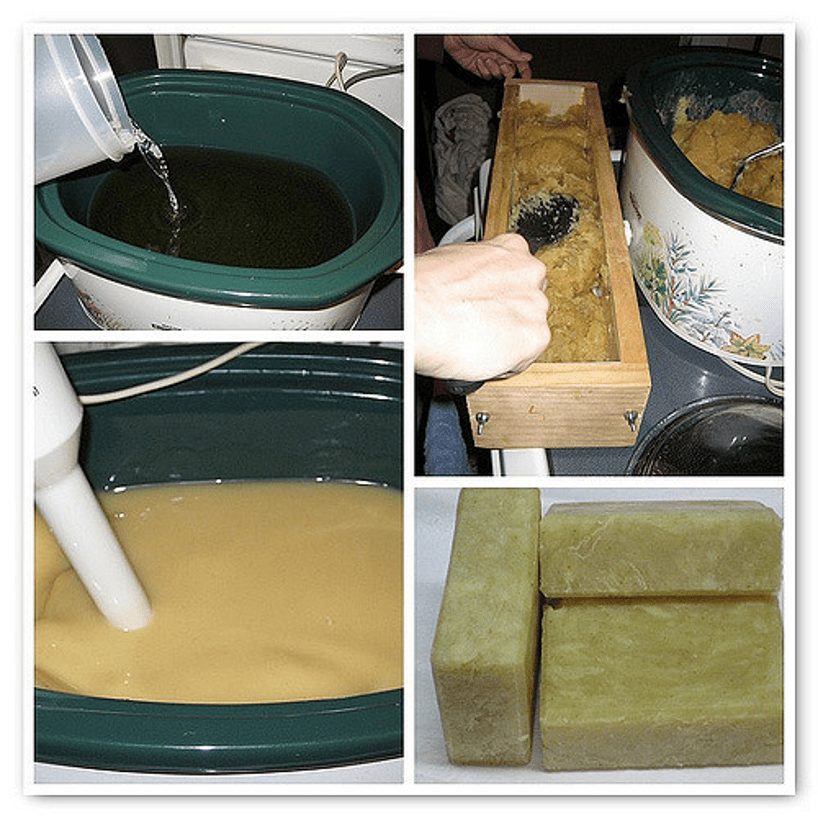 Specialty Soaps
Specialty Soaps
Once you’ve mastered the art of making a basic soap, move on to customizing and personalizing them to your particular taste by adding optional ingredients…
Exfoliating soaps can be made by adding rolled oatmeal, bran, or almond nut meal to the soap in the amount of 1 cup per batch.
Moisturizing soaps can be made by using cocoa butter, coconut butter, or lanolin to the recipe. Lanolin is a grease from sheep’s wool; it’s especially good for skin. Use non-hydrous lanolin available in stores or chemists.
Healing soaps using aloe vera or honey are great for healing skin ailments. Add aloe juice (pure, no thickeners) in place of 10% of the milk, or replace the sugar with honey in the recipe above.
Antiseptic soaps can be made by adding 4 oz of tea tree oil instead of 4 oz of safflower oil.
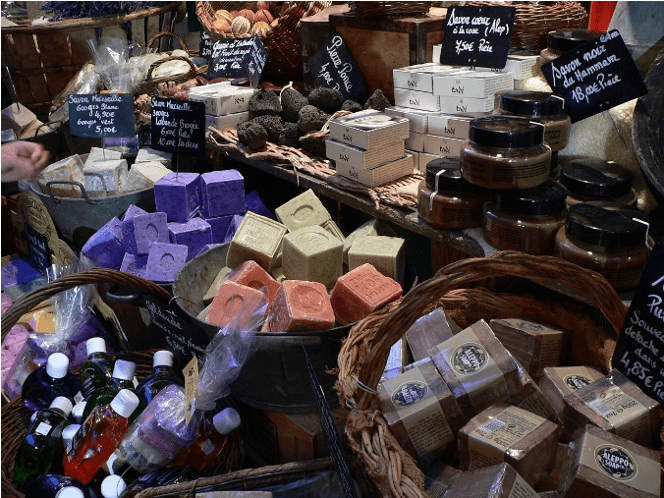 Scented soaps are tricky, because the lye in soap destroys some scents… but others work well. Cinnamon, citronella, cloves, eucalyptus, jasmine, lemon, peach, pennyroyal, peppermint, and vanilla all make wonderful soap scents. These can be added in the form of essential oils and fragrance oils. Use 1 oz per soap batch above (or more depending on your preference).
Scented soaps are tricky, because the lye in soap destroys some scents… but others work well. Cinnamon, citronella, cloves, eucalyptus, jasmine, lemon, peach, pennyroyal, peppermint, and vanilla all make wonderful soap scents. These can be added in the form of essential oils and fragrance oils. Use 1 oz per soap batch above (or more depending on your preference).
For almond soap, replace the safflower and canola oils with 40 oz of sweet almond oil.
For lavender soap add 2 cups dried lavender flowers and 4 tsps lavender oil.
Cocoa butter soap replaces 4 oz of safflower and 4 oz canola oil in the recipe with 4 oz cocoa butter.
Insect repellent soap takes 20 oz safflower oil, 14 oz canola oil, 1 oz citronella, and 1 oz eucalyptus essential oil.
